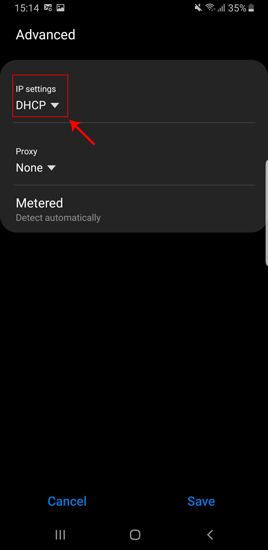
If your network is, or will be, connected to the Internet, you will need to get a unique network address from your ISP or network administrator. In the case of the Internet, this uniqueness is made possible by indirectly getting all network portion assignments through a central clearinghouse called the Network Information Center or "NIC." The NIC assigns blocks of addresses to Internet Service Providers (ISPs), who then assign these addresses to their customers.

198.41.12.151, 255.255.255.0, and 198.41.12.255).Įvery IP address is really made up of two pieces: a "network" portion, which tells routers what group of devices a packet should go to (e.g., any, a campus, etc.) and a "host" portion which tells routers what specific device among that group the packet should go to.īy examining the destination address in an IP packet that must be forwarded, and by using information that has either been statically configured or dynamically gathered from other routers, any router can determine the optimal path for forwarding packets from one group to another.Įach group of devices on an IP internet needs to have a unique network portion, and each device within that group also needs a unique host portion. You will usually see each of these numbers written as four "octets" (e.g. In particular, Douglas Comer's Internetworking with TCP/IP (Prentice Hall) is one of the standard references and provides a wealth of information on the subject.Įach device on an IP network requires 3 different pieces of information in order to correctly communicate with other devices on the network: an IP address, a subnet mask, and a broadcast address. For more in-depth information, there are a number of excellent references. This is a very brief introduction to IP networking. Network/Protocol Addressing and Virtual Interfaces Multiport Bridges/Switches and "Bridge Groups" Non-extended and Extended AppleTalk Networks


 0 kommentar(er)
0 kommentar(er)
